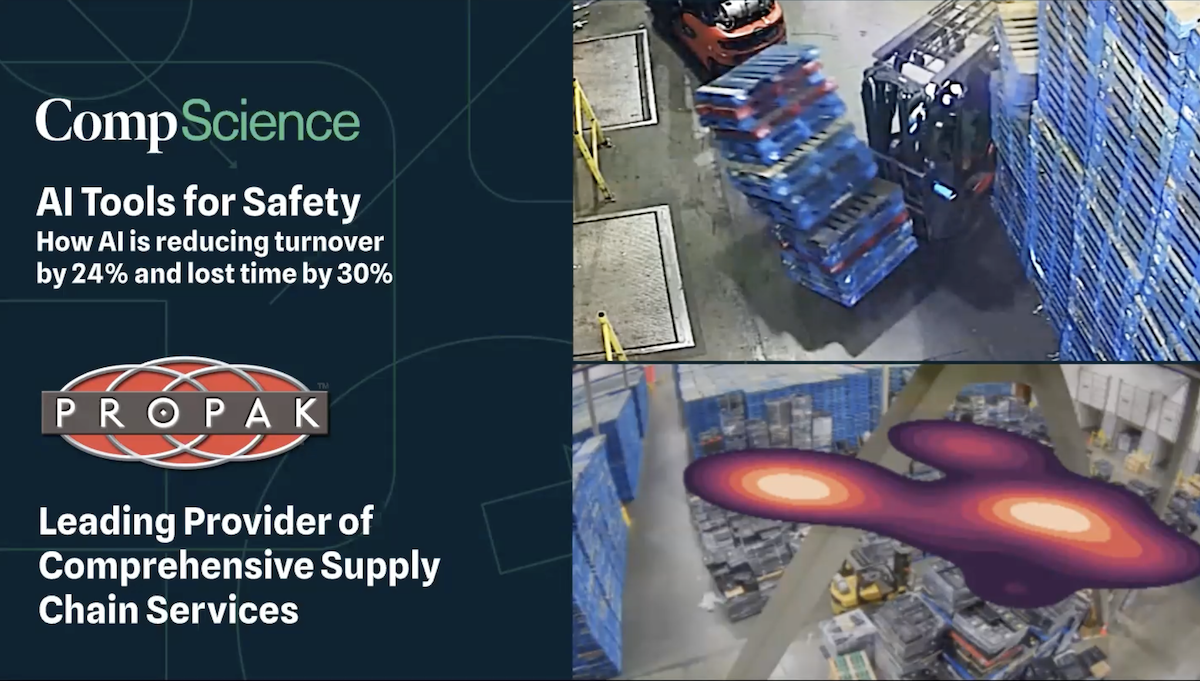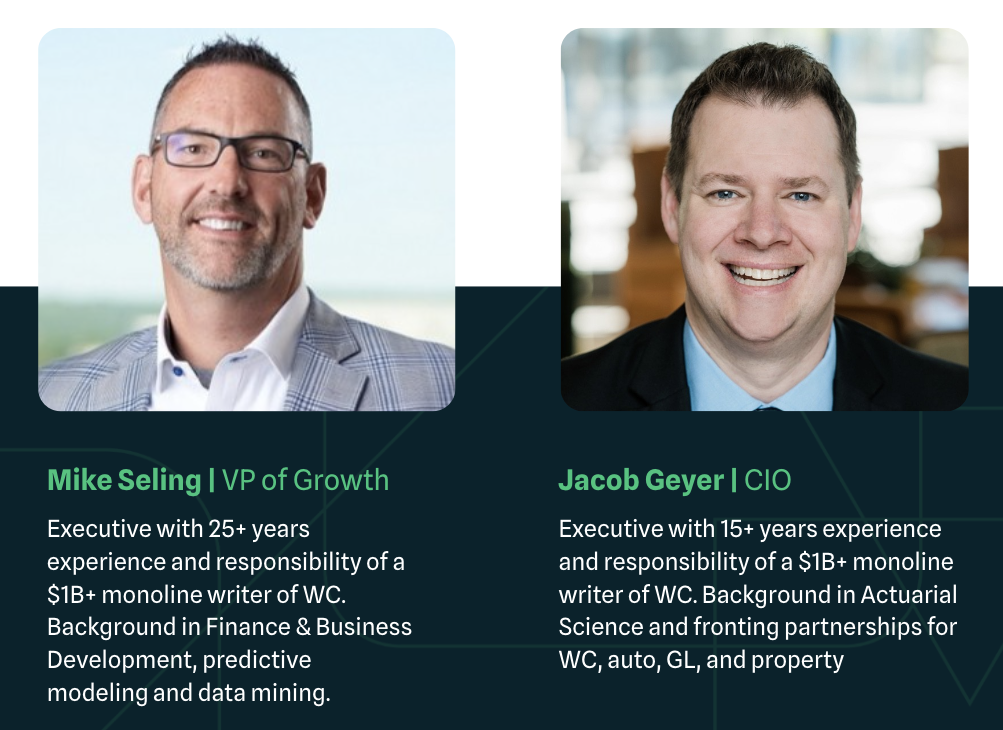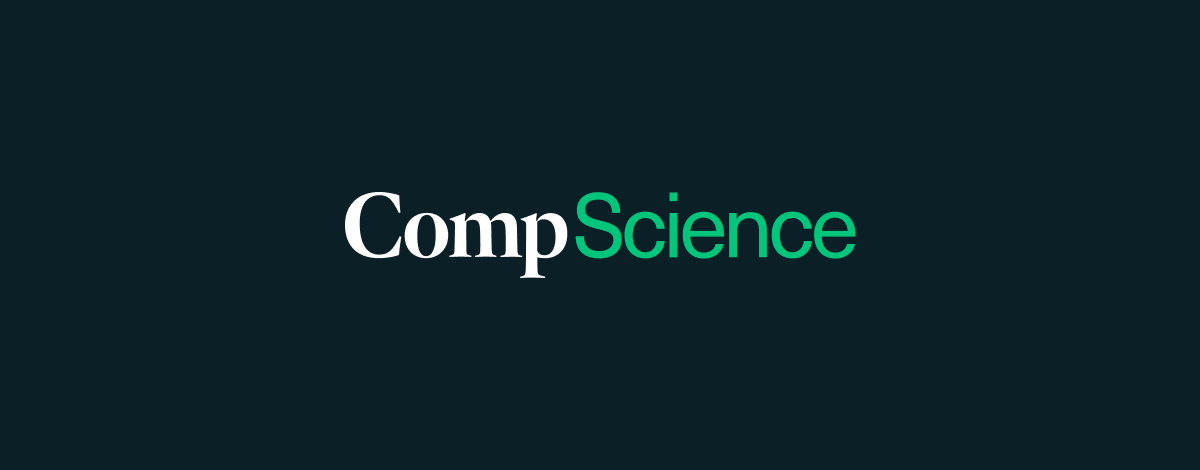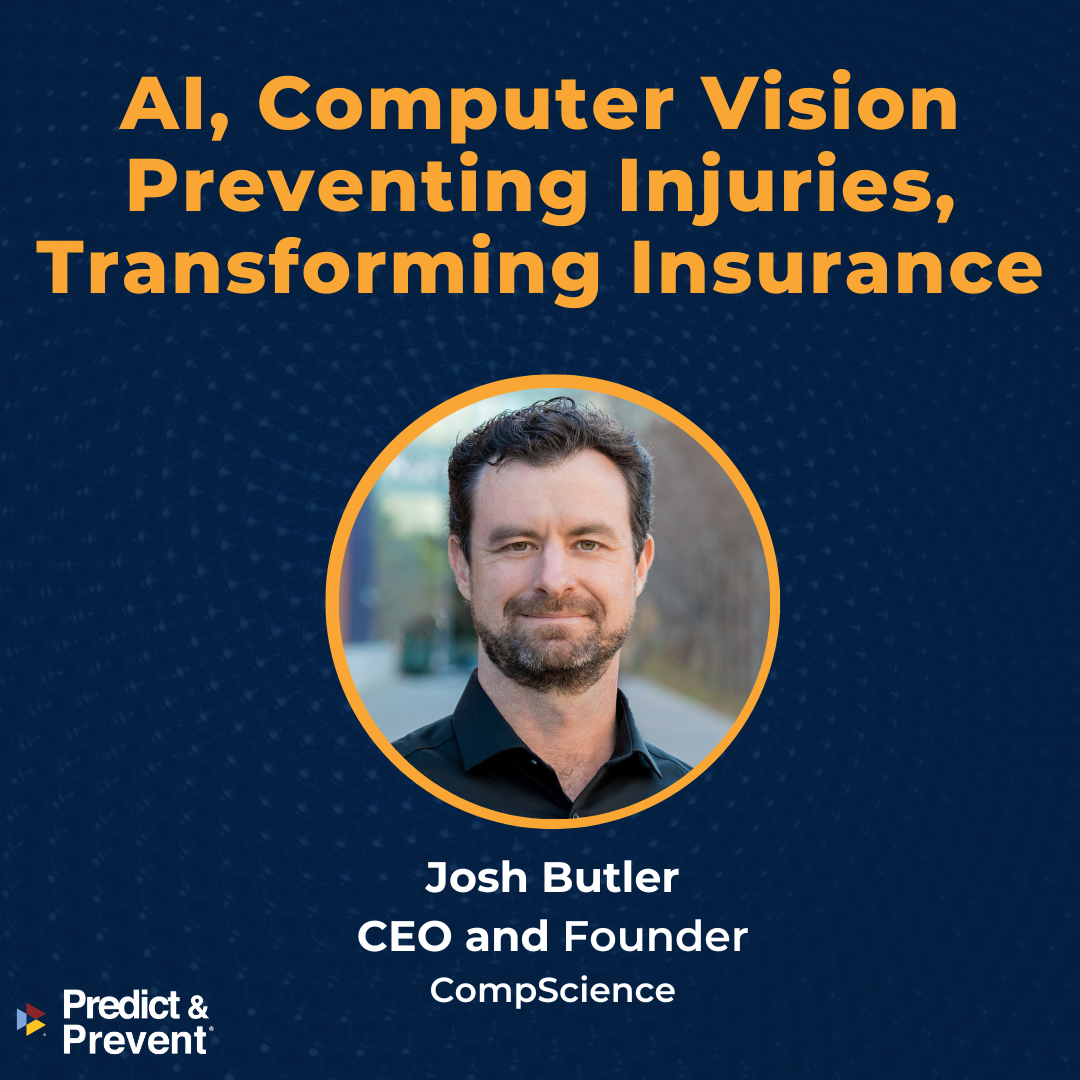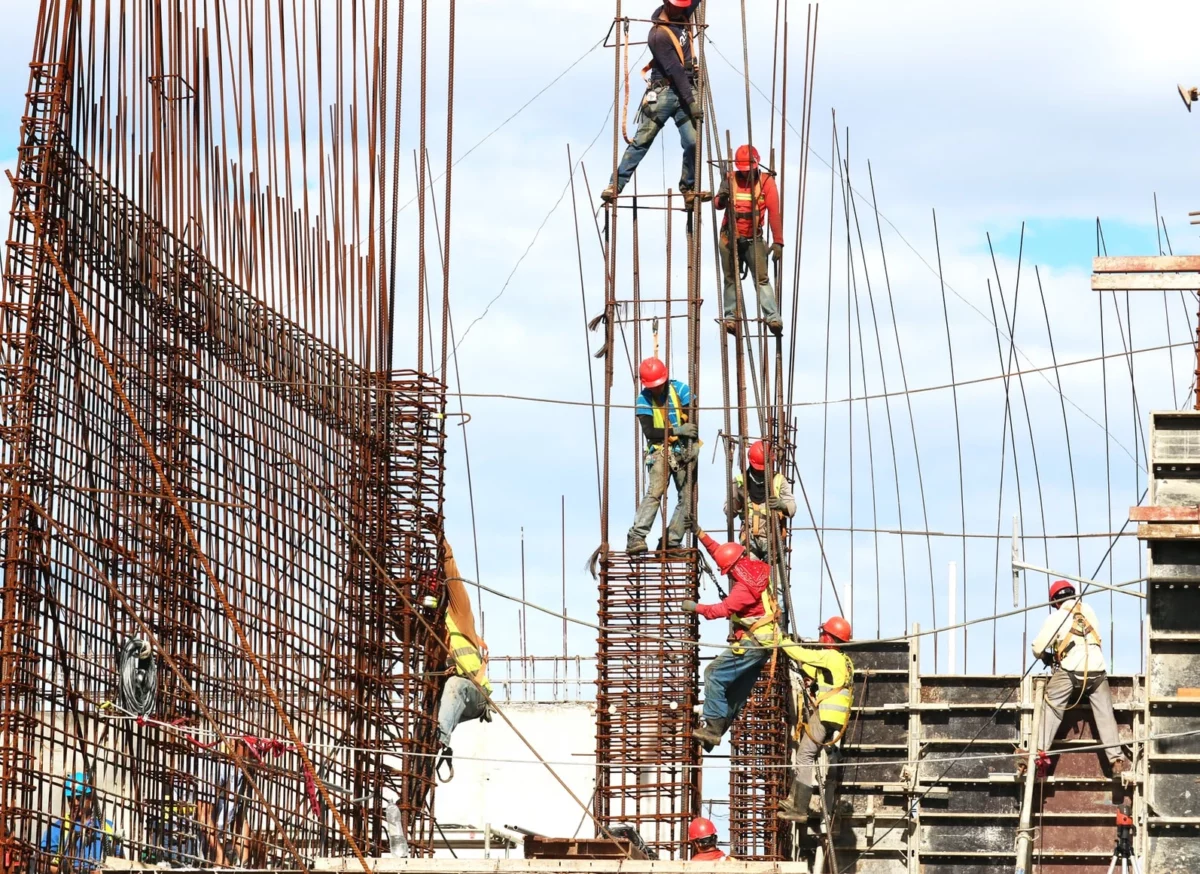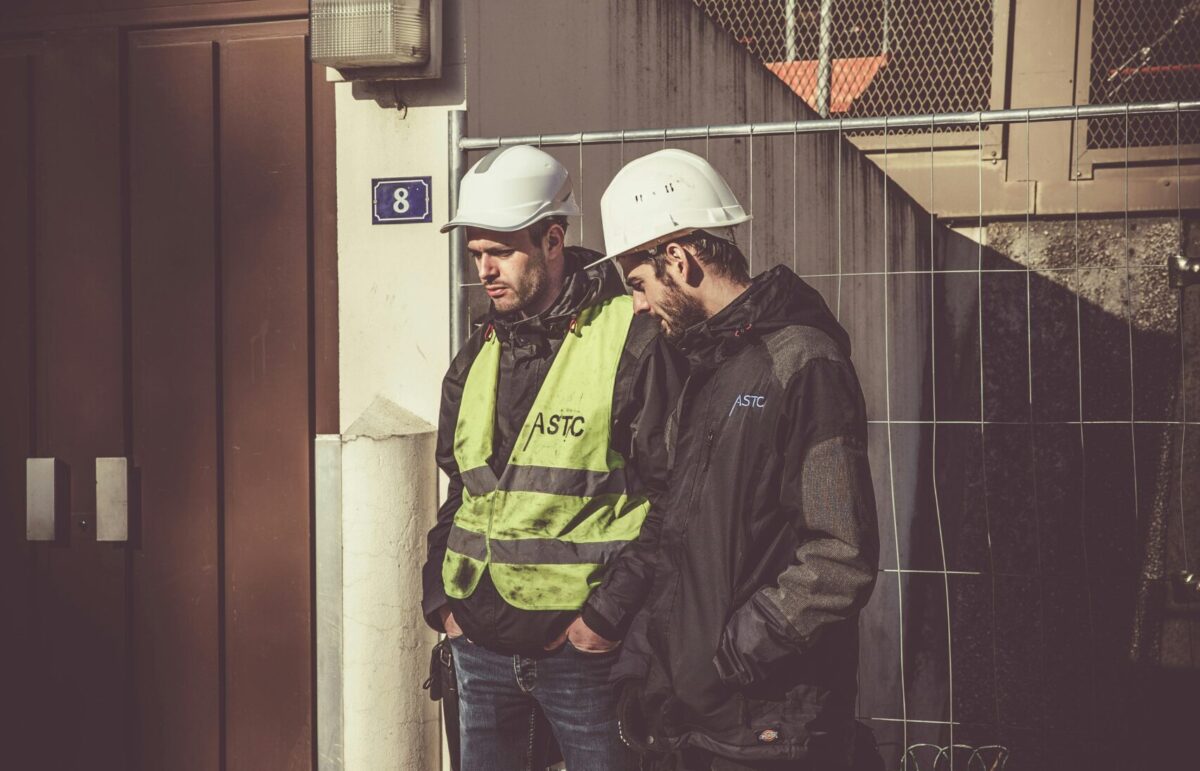AI, Ergonomics, Event, Workers' Comp, Workplace Safety
Safety And Ergonomics Webinar: How To Prevent Injuries with AI and Data Science
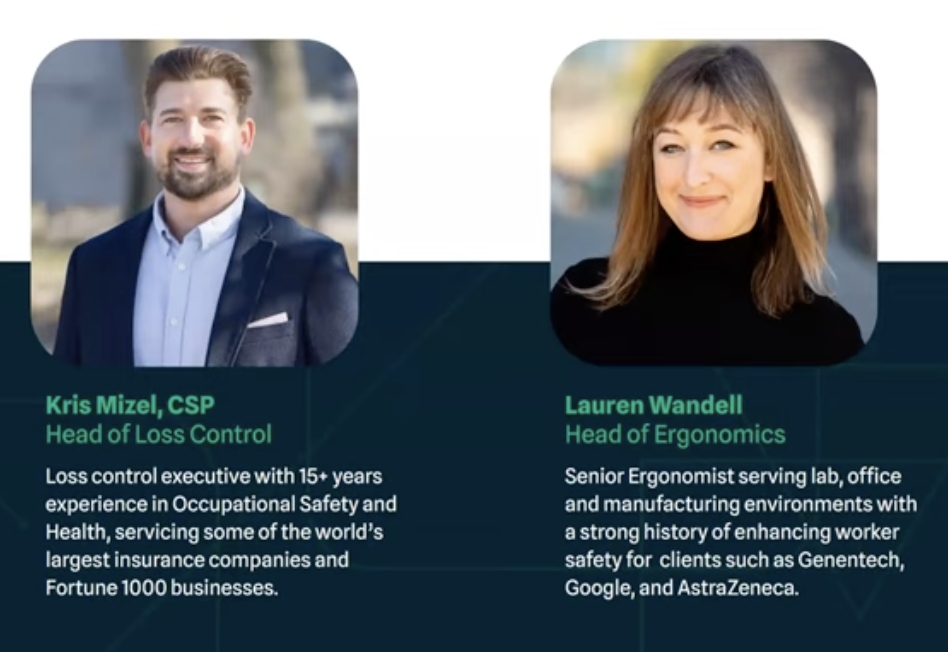
Learn about transformational safety analytics from CompScience that utilizes workplace video to generate predictive models from that safety managers and ergonomists can use to report and improve injury rates in manufacturing, logistics, construction and more. This 45 min webinar was presented by Kris Mizel, CSP, Head of Loss Control and Lauren Wandell, Head of Ergonomics at CompScience to learn about this new technology to help quantify and reduce risk.
Here’s the full transcript
Kris Mizel
All righty. Let’s get started. My name is Kris Mizel. I’m the head of loss control here at CompScience. I’m a certified safety professional. I have a background in occupational safety and health, and with us we have our leader agronomist. Uh, Aaron, uh, Lauren Wde. Excuse me. Lauren, would you like to introduce yourself?
Lauren Wandell
I will. Thank you. Yep. My name’s Lauren Wandell. I’m the head of ergonomics over at com Science. I’ve been working in labs, office and manufacturing environments for companies like Genentech, uh, Google, and AstraZeneca.
Kris Mizel
Excellent, thank you. Well, we’re gonna dive into our workings on the intelligent safety platform that is CompScience, as well as covering some of the new advances in our field using our technology.
So first, CompScience utilizes existing camera systems in your facility to analyze and process video footage. Using artificial intelligence and deep learning computer models, we’re able to identify risk in facilities ranging from the dynamic body movements of ergonomics. To the behavioral patterns of forklift operators and heavy machinery.
We also have identified, quantified, uh, we also identify and quantify risk by category. We generate a comprehensive risk report with our findings, as you see here, as well as recommendations made by our, by our team of experts on corrective actions and industry best practices.
Our systems are able to identify about 50 different hazards, uh, that correspond to approximately 90% of injuries expected to, uh, occur. Uh, these are the main categories of risk in general industry. First and foremost, we have ergonomics. Uh, it’s one of our biggest problems as it typically accounts for the, uh, largest number of claims as well, as well as the highest dollar amount of claims.
We’re able to look at contributing factors like manual material handling, awkward postures, work cycles, and even environmental factors like temperature or vibration. Uh, under struck by we’re able to detect and analyze a wide variety of forklift situations, such as near misses with a pedestrian, uh, forklift traffic collisions, and um, even missing seatbelts on forklifts.
We can identify, uh, slips, trips, and falls, um, hazards and walkways, distracted workers, even slippery floors, and unprotected leading edges. We can identify pinch points and particular pin hazards or caught in between. Uh, that’s when working around heavy machinery, such as forklifts or order pickers. And lastly, we can even detect instances of falling materials, precariously loaded pallets, spills, and thrown objects as well.
Our technology can do more than what a loan safety professional or even a team of safety professionals can accomplish. We’re able to physically observe exponentially more events and data, and not only collect more data, but process it and identify hazardous trends, gaps in coverages, or breakdowns in safety policies.
What’s more is we can benchmark and measure improvements from report to report. So you always have your finger, finger on the pulse in your facility. Uh, we have a live dashboard that makes processing and utilizing all this data very easy, and we’ll have a short demo on that a little bit later in the presentation.
So we can provide better insight to loss controlled findings as well as industry best practices. We have a proven track record of lowering injury rates approximately 10 to 20% after a pilot, as well as lowering the total cost of risk in facilities. Uh, all of this is completed after you simply upload your video to our cloud-based solution, and we take it from there and do the rest.
I’d like to kick it back over to Lauren so she can talk a little bit about ergonomics.
Thank you so much, Kris. So I’m gonna start with the heart of the matter in ergonomics, uh, 167 billion was spent in 2021 on worker injury in the United States. Now, picture in your mind, uh, the American industrial worker.
This is the heart and soul of America. These are very hard workers doing physical labor. Eight hours a day, five days a week. 20, 30, sometimes 40 years of their life, and these workers get hurt. Um, in fact, at least a third of workers’ comp injuries are due to musculoskeletal injury. And that being known, there are still no current OSHA standards for ergonomics in the workplace.
So that begs the question. What is the incentive for companies to invest in new state-of-the-art equipment and machinery that could reduce or completely eliminate risks from these tasks?
Another few questions for you. Safety and ergonomics professionals out there. Have you ever known that there was a problem area in your facility, but you had no way to quantify the risk for stakeholders because there hadn’t been an injury yet? Do you ever wish that you could test new equipment to see how risk has changed before you implemented it across the facility?
Or have you ever compromised your recommendations to get stakeholder buy? And I know as an ergonomist, uh, uh, when I make recommendations to a company, I’ll recommend what my ideal is for them to implement in the company. And then I’ll throw a few low hanging fruits and retraining, um, different tools that are inexpensive because I know that’s what clients will grab onto.
So we feel that we’ve answered those questions with CompScience, and that solution is based on three foundational elements. One, we wanna evaluate work as it occurs naturally. Um, one of the main pain points as an ergonomist is walking into a facility knowing that, uh, employees have been prepared for my visit, right?
And as an employee, it’s very hard to tell somebody how often you do things in a day, and it’s very hard to work naturally when someone asks you to and they’re watching you work. Second, we wanna evaluate work tasks over workers. We know that safety training for an in for an individual will probably stop them from getting hurt, but changing a task, redesigning a task to eliminate or reduce risk, could save potentially hundreds of injuries over the lifespan of a company.
Third, we wanna show facility leaders how and where risk is occurring and why they wanna invest in long-term safety solutions.
So what are the contributing factors to work-related musculoskeletal disorders, we work with four causal factors. Those are awkward postures. Anything from twisting, waistbands, overhead lift, um, manual material handling, such as lifting, pushing, and pulling objects. We work with timing factors such as repetition, frequency, duration of task, also posture, and then we work with environmental factors, things like housekeeping, temperature risk, audio risk, visual risk, um, and all of these elements combine in one way or another to increase the risk of injury.
So how do we detect these factors with ai?
Much, as Kris alluded to before, we get hours of video feed from our client. We process that with our CV and then our ergonomist experts get, um, get the data and the visuals of what’s going on in a facility and where. Using that information, we write up a risk report where we come up with some solutions based on the context we were able to put around these tasks, um, and, and help companies with a way forward.
So this is a page from one of our risk reports and what this risk report is showing is, uh, is the risk in two cameras. So what you see on the left is a total number of risks incurred. That’s in lifting and waistband, push and pull, and squatting. These are the highest contributing risk factors for injury.
On the right side, what you’ll see is the location of the primary risks in a heat map. So on the lower heat map, um, just to provide some context on what you’re seeing here, you’ll see three areas of, of highlighted risk. And basically what we found after providing some context to that video was that workers were walking in.
Completing a task in a relatively short amount of time and then walking out of frame. So there wasn’t a lot of accumulated risk happening here. However, in the upper picture you’ll see that there’s one primary spot where risk is occurring, and that risk was all being incurred by one employee. So we were able to kind of focus the client to redesign this task, therefore reducing the highest amount of risk numbers for the lowest amount of employees, um, and, and really reducing the risk in that facility.
So this is a case study that we love to bring up. Uh, this is a company that we’ve been working with probably longer than any company that we’ve been working with. And what they do is they build large windows. And so you’ll see at the top picture on the right, that’s one of our older heat maps that’s showing where the risk was occurring.
And then the second picture down, you’ll see that the risk primarily is waste bends, reaching, hammering to put these tables together on a conveyor belt. Um, and that incurred a lot of risk for their employees. And what we recommended fairly early on were vertical tables that you see down in the, the lowest picture on the right there.
Um, The, these vertical tables would take the reach out, take the waste, spending out, um, all in all, a good recommendation. However, these tables are not cheap. Uh, so what we wanted to do for the company was provide them details on the risk that was occurring before and after. Implementation, and you’ll see on the left side here in period one, we had almost 6,000 waste spends.
And after the implementation of the table, we had just under 2,500 waste spends. And that was really good motivation for the company to implement these elsewhere. That being said, that’s the end of the ergonomics portion. I’m gonna pass it over to Kris again.
Kris Mizel
Thank you Lauren. Mm-hmm. So here we have an example of our risk report, um, just to reiterate.
So we’re taking existing video cameras and existing video footage, and it’s being uploaded to our, our site. Then we analyze it using AI and computer vision, and then we generate this risk report for clients. So we have two options we can do, uh, like a live monitoring where the cameras are always up and looking, or, um, what’s a little bit more common is batching, where we’re taking two weeks of, uh, data at a time, a month of data, at a time, several hundreds of hours, and analyzing that.
Uh, so this is what the risk report looks like. They’re made up of our executive summary of risk as well as heat maps and several photographs, as Lauren alluded to filling the inner pages, uh, that portray the likelihood of different risks in different areas of the facility. Time of day and day of week can also be charted along with losses to identify problem ships or processes that might be driving losses.
And here we have our interactive safety dashboard. Uh, this dashboard gives real-time information on the hazards that have been identified, and it can be used for trending or highlighting. It can be used to supplement toolbox talks or safety committee meetings with valuable loss specific information. Uh, you can also narrow down your safety team scope with a more precise view of not just the accidents that are happening on site, but actually the unsafe behaviors that are leading to accidents.
So let’s take a look here.
So this is our dashboard on the top left here. Uh, we have ergonomics struck by and slip, trip and fall. These are the three main categories that were found for this particular report. And then those are broken out by the exact number of events that we saw. So lifting, pushing, and pulling. Um, under struck by, we have things like blades, up near misses with a forklift and a worker.
Or line of site issues. When a forward vision is blocked, we have jumping and climbing over objects, uh, door, door gap, um, near dock doors, and then slip, trip and fall events like someone actually falling. Uh, here we break out into a little bit more specific, some of the other areas that we’re also, uh, looking for, like squatting and overhead lift.
And, uh, up here we have a chart that shows, uh, day of the month as well as the number of, uh, events that were detected. So you can identify, um, some of our scheduling issues. Uh, over on the right here we have links to the actual, uh, events that we saw. So we can click on one here, this waistband, and you can see it pulls us directly into the video.
And there’s an example of an unsafe forward, uh, posture, somebody, uh, using a lathe. There you can also search by date ranges, types of events, uh, particular locations or even individual cameras.
And this is open to our clients, so they always have, um, open view of what’s going on in their policy. This is real-time data, so it’s being updated all the time. And that’s a little bit about what we can do with our dashboard.
Okay, so that’s actually gonna conclude today’s presentation. I hope everybody enjoyed and learned a a little bit about what we can do at CompScience here. Um, we can go ahead and turn it over to questions if you’d like to use the q and a function and just drop some questions in. I’ll, uh, I can read through those.
All right, so we have, so the company provides X amount of video footage to you, or is it automatically linked to our cameras? So essentially we have two options. We can do live monitoring or batching, as I mentioned. Um, we have, uh, a couple of options. We can allow you to upload directly to our site if your IT team wants to do that, or we can actually integrate with our own, we can send our IT in to pull that data and upload it once everything is linked.
I’m also curious about how contracts work based on hours of footage provided. So, um, the way a contract’s gonna work is we’re gonna have a set number of reports, typically two. Uh, what we would do is we would analyze data, give you a risk report, and then we actually house those recommendations that we make in the report into an action tracking solution.
Uh, where, uh, my team can actually have one-on-one conversations with your safety managers. Safety committees and talk about the recommendations that were made and how to implement them. You know, best practice, best next steps. And we kind of hand hold you through those recommendations. And then we benchmark again.
We hold another risk report and we can show benchmarking from first report to second. Uh, all the, the decreases in the differences that we’ve made based on those, um, actions that we were tracking. Let’s see, video system seems to be. Okay. The video?
Yeah, sure. I can cover this one. Uh, the video system seems to identify poor postures.
How are forces captured or are forces grasping, lifting, push and pull entered at a later time. Great question. So we’ve advanced this with our c v e kind of over time. First we were just identifying postures as they were. Um, and then we were able to add high and low risk postures. So we’re able to see if there’s more force being put into, um, the lift or push and pull by the intensity of the posture.
But, uh, on the other end, that’s why we always have, uh, experts go in and review the video because we wanna, we wanna put some context to that task, and we can always see, uh, uh, a greater amount of forces than, uh, than the CV can.
Excellent. Let’s see. I’m thinking of landscaping work. There’s a lot of different locations all the time.
Would this be as effective? So we have a couple of options. Um, typically we use existing cameras inside facilities. If you have exterior facing, those can be used as well. Um, but when we talk about landscaping, some of our more construction, uh, out in the field work, we can do live, uh, one-on-one videos with a member of your team where they essentially walk us around the site live on video.
We can do stationary cameras that we set up and then grab a bulk amount of time to do ergonomic redesigns and things like that. So we do definitely have options for landscaping and some construction. Um, does this video system yield different results from two different camera angles? So typically no. Uh, we, we do video compatibility checks, so when we have overlapping views in our cameras, we do block, uh, block those out from the computer vision so that we’re not double counting events.
Um, as far as yielding different results from two cameras, no. Our computer models are built off of millions and millions of pictures and videos from all conceivable angles. Um, that’s how we train our models. We actually, uh, had an analytical, uh, process with Swiss Re, one of the, the largest reinsurers. In the world.
And they did, uh, an analysis of our systems and, uh, kind of calculated that we could reduce about, um, 23% of claims by, by partnering and, and using our, um, our analytics. So a part of that was, um, using all of the, um, insurance information that they had, uh, as well as video footage. So we’ve, we’ve analyzed millions and millions of hours of video footage to train the models.
Um, arborist would be another example. Uh, so again, like landscaping, we mentioned that. Okay. Uh, I saw you calculated savings in an earlier report, so that’s great. So we’re actually an M G A as well. Uh, we can provide, um, insurance. So for particular insurance clients, if we have, uh, their loss information, um, OSHA 300 logs, we can actually look at their losses.
Benchmark where they are compared to their industry. So we would use something like, uh, your, your next code and look at, uh, bureau of Labor statistic information so we can actually, um, benchmark you against somebody doing essentially the same thing or very close. Um, so what we can do is we have those actuarial reports on cost of an injury, likelihood of an injury.
So we can use those dollar amounts to estimate savings based off of the reduction in risk. A little wordy, but I, I think I answered your question there.
What’s the feedback from actual employees where the system is implemented? How does it affect their day-to-day operations? Does this system communicate in real time with employees in a risky situation? Um, so feedback from actual employees, you know, not to do our own horn, but it’s been great, you know, um, clients really see the value in this.
They’re, they understand that we’re, we’re capturing just exponentially more data. It’s not just. Our safety professional who’s in the field a lot and can see a lot. It’s full-time video, all angles, all employees. Uh, so we’re just, we’re just able to collect so much more data. Um, that’s where a lot of it comes from.
And as far as actual employees, I think the, the question there is, is do they feel observed or supported? Our, our goal with this, with this tool is to help employees get the most risk free workplace that they can have. This is not about punitive, uh, moves. This is about enhancing a workspace to be, uh, to reduce as much risk as possible.
So employees actually find this quite helpful. We’ve even, um, Been partnered with, uh, with, uh, with groups, um, of employees to understand what their approach is and get more feedback from them so that we can make a better report.
Excellent. I have a question here, Lauren. Would the video assessment provide, uh, risk score specifically for hand activity, or is the model best suited for trunk or lower extremities?
You wanna go a little into Reba and rule and ramp. Um,
Well, sure. So the video assessment system, we are working on hand activity, um, uh, at, at this time it’s best suited for trunk, lower extremities, even upper extremities. Um, handwork is a little bit more distinct, so we’re working on that as we go along and get more video.
Mm-hmm. Um, we have, you wanna talk about the, the risk evaluation?
Uh, you’re more than welcome to.
Um, so basically, uh, when we, when we started this program, we, we started as assessing work using the REBA assessment. Um, we thought that was the easiest and quickest way to observe employees and observe risk and portray that risk to clients.
Um, however, uh, for those of you who have used it, we know that, um, The goal of the REBA is to take the highest risk picture from any task and, and, uh, and provide an assessment of that. However, we’re working with what live video. So, um, eventually it came to the point where we really wanted to, uh, enhance that by including manual material handling risk.
And so we started using the ramp. Program, which is a, a relatively new, um, evaluation system, but it is a full system, quite nice system. Um, and then what we found with that is that it was providing a lot more information, um, In a different way than what we wanted to review. We really wanna put the focus on the videos that we find of the workers, because that’s what provides the most impact.
So we come up with, uh, we’ve come up with an evaluation system that specifically shows, um, risk in those four, uh, causal risk factors, and then provides a score for them, uh, to show what in the test could be changed to provide the, the most amount of risk reduction.
Excellent. Thank you. It’s been a fun process.
Uh, let’s see, what’s the estimated hours of video data needed to train an accurate assessment from this? Okay, so the models are already trained. We’ve already done the training. They exist, so we don’t have, we don’t have a particular minimum or how much data we’re bringing in. Typically, we like to see at least 50 hours up to maybe 300 hours of video footage.
That’s enough to give us a very robust. Risk report, but we don’t, we don’t have to actually train our models on your particular employees or workspaces. That’s already, that’s already done. Um, which is another good, um, thing to mention. We’re, we’re using existing cameras. We don’t need additional, uh, hardware on site.
So that’s kind of a differentiator for us as no hardware on site. Everything is cloud-based, a little less intrusive. Uh, let’s see. Can you share an estimated pricing? Oh, well that’s the million dollar question, isn’t it? Uh, well, not million, but that’s the question. Um, I can’t give pricing right now.
There’s a couple more questions we’ll ask. Um, what I would ask you to do is go to our website and fill out the contact form, ask your question, and we’ll follow up with you and, and get a little bit more information and we can go from there. Um, all right. Last question I have is, do you get feedback from employees about privacy concerns?
Um, this is actually one thing that hasn’t, um, we haven’t had much pushback on because we’re using existing cameras already. We’re not, um, adding new cameras. We’re not, um, we’re not taking new data. Essentially, we’re enriching the data that you’re already collecting. You’re already storing on site. The, the data that gets overwritten after a week or two, we’re able to ring out much, much more data, uh, much, much more information from that data.
But we’re not pulling new data. So, uh, we don’t identify, uh, employees individually. Most of the time, faces are gonna be blurred. Um, we’re not, our, our intent here is not to identify, uh, individuals, it’s to identify unsafe behaviors. So we’re looking at, you know, the, the overall risk rather than a particular employee.
All righty. I think that’s all I’ve got for questions. So I just wanna thank everybody one more time from both of us, from from CompScience. Thank you for tuning in and listening.
Um, and we’re gonna be at the NSC conference too. If you guys wanna stop by and get a demo. If you happen to be around, we’d love to see you there.
Yeah, the spring show in, uh, Indianapolis, which is next week. Sneaking up on us. Uh, next week, nsc, we will be there. So send us a message, look out for us, and, uh, we’ll see there. Other than that, we ask you to check out the website, um, fill out our contact form for a little more information and. We can go from there.
Thanks so much everybody. Everybody have a nice day.
Learn more
Poor Ergonomics in Industrial Settings
Workplace Safety with Computer Vision

